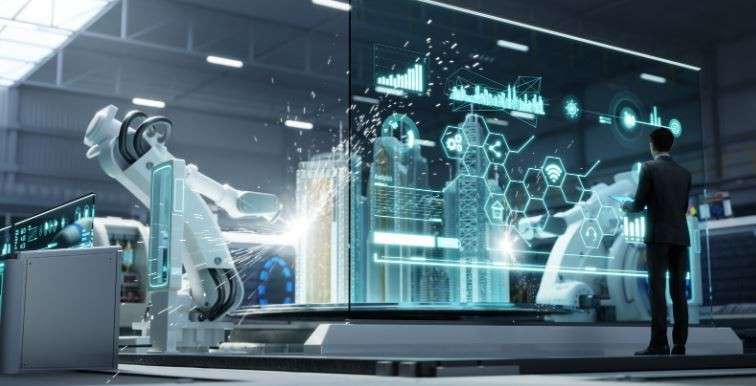Computer-Aided Design (CAD) has long been a cornerstone of engineering, architecture, and manufacturing industries, streamlining the process of designing and drafting complex structures. However, the advent of Artificial Intelligence (AI) has brought about a significant revolution in CAD, fundamentally altering how drafting services operate. In this article, we delve into the ways AI is reshaping the CAD industry, enhancing efficiency, accuracy, and creativity in 2D CAD drafting services.
Automated Design Processes:
AI-powered CAD software has revolutionized the design process by automating repetitive tasks. Through machine learning algorithms, CAD systems can analyze design requirements and generate multiple iterations of designs based on predefined parameters. This automation accelerates the design phase, allowing engineers and designers to focus more on innovation and problem-solving rather than routine tasks.
Intelligent CAD Modeling:
AI enables CAD systems to understand and interpret design intent more intelligently. With features like semantic modeling and generative design, AI-driven CAD software can analyze design constraints and optimize models for performance, cost, or other specified criteria. This intelligence leads to the creation of more efficient and innovative designs, pushing the boundaries of what is possible in CAD drafting services.
Enhanced Collaboration:
AI facilitates collaboration among designers, engineers, and other stakeholders involved in the CAD process. Through cloud-based CAD platforms equipped with AI capabilities, team members can collaborate in real-time, share feedback, and iterate designs seamlessly. AI-powered collaboration tools also enable better version control and traceability, ensuring that all stakeholders are working on the latest design revisions.
Predictive Analysis and Simulation:
AI-driven CAD software empowers engineers to conduct predictive analysis and simulation to evaluate design performance under various conditions. By leveraging machine learning algorithms, CAD systems can simulate the behavior of complex structures, predict potential failures, and optimize designs accordingly. This predictive capability reduces the need for physical prototypes, saving time and resources in the CAD drafting process.
Customization and Personalization:
AI enables CAD systems to cater to individual user preferences and design requirements. Through advanced algorithms, CAD software can learn from user interactions and provide personalized recommendations for design elements, materials, and construction methods. This customization enhances user experience and enables designers to create tailor-made solutions for their clients.
Integration with Emerging Technologies:
AI is driving integration between CAD software and other emerging technologies, such as augmented reality (AR) and virtual reality (VR). By combining CAD models with AR/VR environments, designers can visualize and interact with designs in immersive 3D environments, gaining valuable insights into spatial relationships and design aesthetics. This integration enhances the design review process and facilitates better communication between designers and clients.
Continuous Learning and Improvement:
One of the most significant advantages of AI in CAD is its ability to continuously learn and improve over time. Through feedback loops and data analytics, CAD systems can refine their algorithms, making them more adept at understanding design requirements and generating optimized solutions. This iterative learning process ensures that CAD drafting services evolve with changing industry trends and technological advancements.
Conclusion:
The integration of AI into the CAD industry is revolutionizing how drafting services operate, driving efficiency, innovation, and collaboration. From automated design processes to predictive analysis and personalized recommendations, AI-powered CAD systems are empowering designers and engineers to create more sophisticated and optimized designs than ever before. As AI technology continues to advance, the future of CAD promises even greater possibilities for creativity and efficiency in design.

As the editor of the blog, She curate insightful content that sparks curiosity and fosters learning. With a passion for storytelling and a keen eye for detail, she strive to bring diverse perspectives and engaging narratives to readers, ensuring every piece informs, inspires, and enriches.










